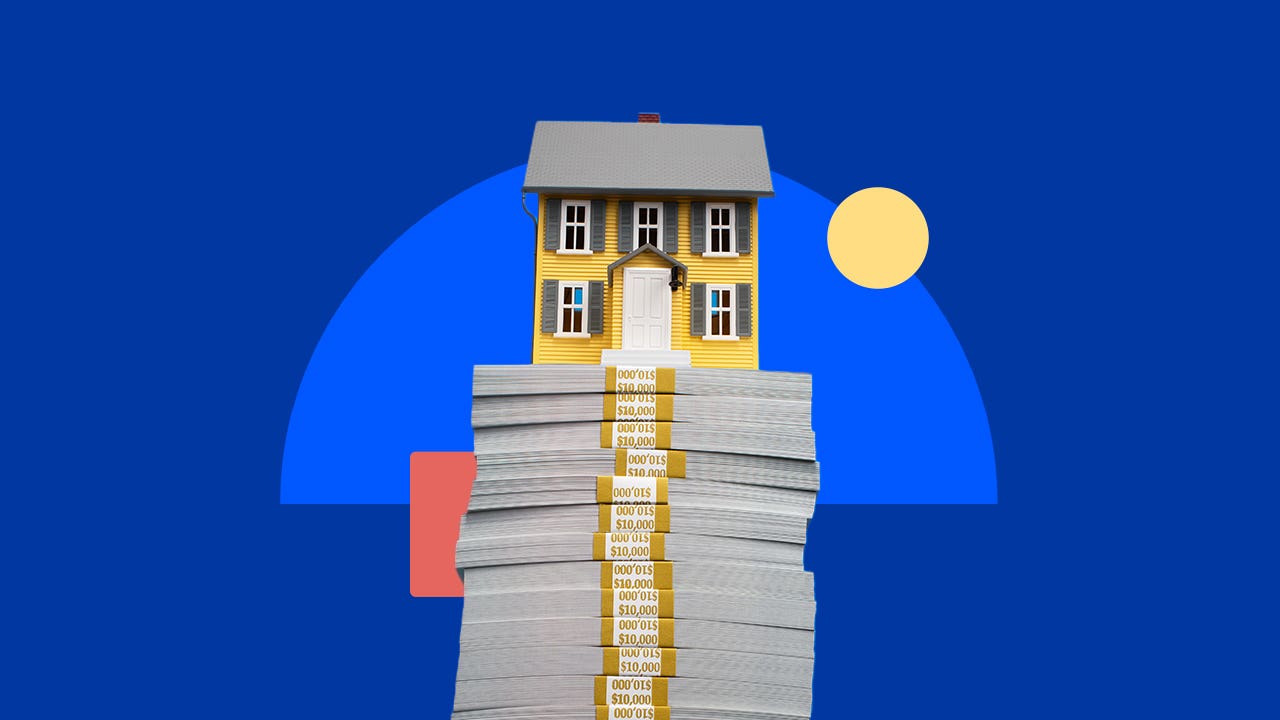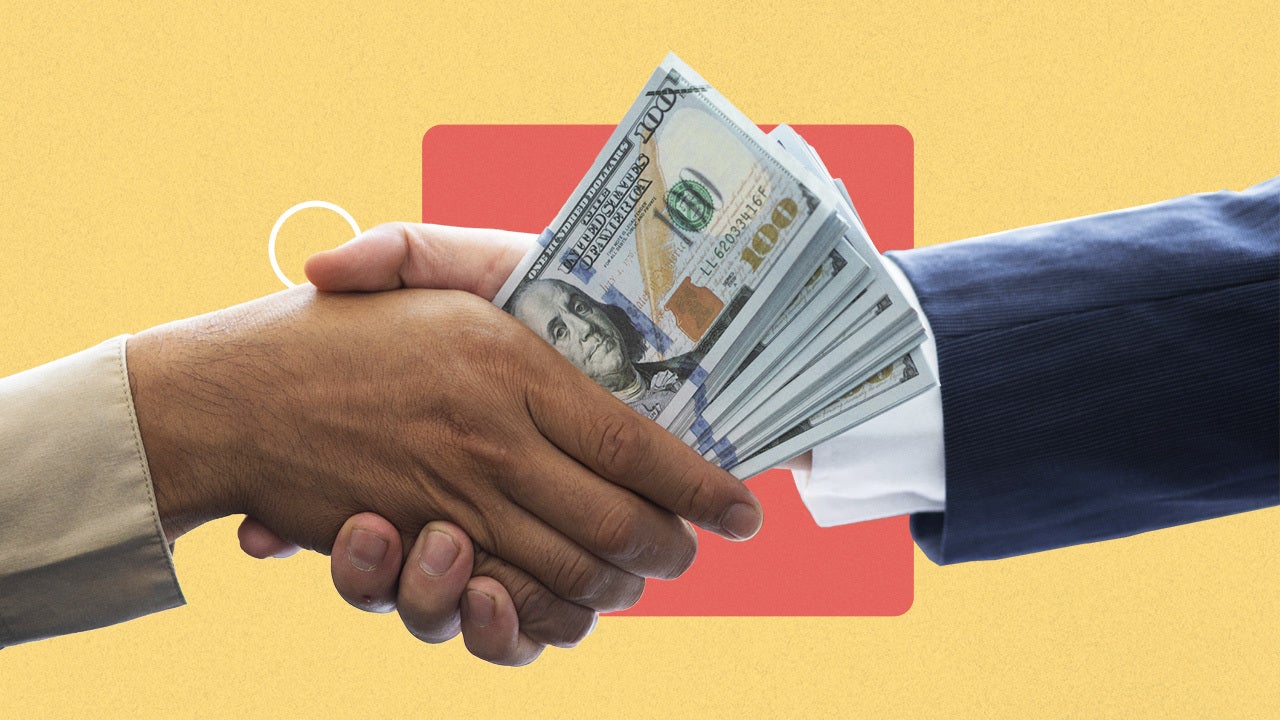Mortgage rates jump again, 30-year up to 6.78%

Current mortgage rates
| Loan type | Current | 4 weeks ago | One year ago | 52-week average | 52-week low |
|---|---|---|---|---|---|
| 30-year | 6.78% | 6.24% | 8.01% | 6.98% | 6.20% |
| 15-year | 6.03% | 5.40% | 7.23% | 6.30% | 5.40% |
| 30-year jumbo | 6.70% | 6.36% | 7.72% | 7.01% | 6.36% |
The 30-year fixed mortgages in this week’s survey had an average total of 0.28 discount and origination points. Discount points are a way for you to reduce your mortgage rate, while origination points are fees lenders charge to create, review and process your loan.
Monthly mortgage payment at today’s rates
The national median family income for 2024 is $97,800, according to the U.S. Department of Housing and Urban Development, and the median price of an existing home sold in September 2024 was $404,500, according to the National Association of Realtors. Based on a 20 percent down payment and a 6.78 percent mortgage rate, the monthly payment of $2,105 amounts to 26 percent of the typical family’s monthly income.
Will mortgage rates go down?
Fixed mortgage rates are not set directly by the Fed, but by investor appetite, particularly for 10-year Treasury bonds. The 30-year fixed-rate mortgage rate is often directly tied to the yield on a 10-year Treasury bond. When there’s uncertainty in the market, investors buy Treasury bonds, which in turn drives yields — and, often, mortgage rates — downward. This can lead to day-to-day rate swings as news comes in.
Then there’s the Federal Reserve. Lenders and mortgage investors had been anticipating the Fed’s September rate cut, and economic indicators such as hiring have shown signs of strength. While it’s not clear if the central bank will cut rates again in November, mortgage rates have risen more than half a percentage point since the Fed’s rate cut.
“While rates may continue to fall as the Fed provides more guidance on its future monetary policy, the majority of the adjustment in mortgage rates appears to have already been priced in,” says Ruben Gonzalez, chief economist at real estate brokerage Keller Williams.
-
The Bankrate.com national survey of large lenders is conducted weekly. To conduct the National Average survey, Bankrate obtains rate information from the 10 largest banks and thrifts in 10 large U.S. markets. In the Bankrate.com national survey, our Market Analysis team gathers rates and/or yields on banking deposits, loans and mortgages. We’ve conducted this survey in the same manner for more than 30 years, and because it’s consistently done the way it is, it gives an accurate national apples-to-apples comparison. Our rates differ from other national surveys, in particular Freddie Mac’s weekly published rates. Each week Freddie Mac surveys lenders on the rates and points based on first-lien prime conventional conforming home purchase mortgages with a loan-to-value of 80 percent. “Lenders surveyed each week are a mix of lender types — thrifts, credit unions, commercial banks and mortgage lending companies — is roughly proportional to the level of mortgage business that each type commands nationwide,” according to Freddie Mac.






